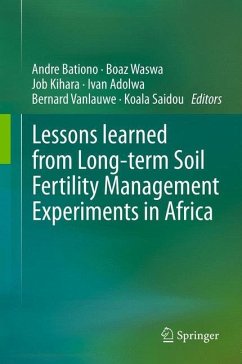![Sulphur Pools in Long Term Field Experiment [LTFE] Sulphur Pools in Long Term Field Experiment [LTFE]](https://bilder.buecher.de/produkte/63/63981/63981294n.jpg)
Sulphur Pools in Long Term Field Experiment [LTFE]
Distribution of Sulphur Pools as Influenced by Long Term Application of Fertilizers and Manure in a Vertisol
Versandkostenfrei!
Versandfertig in 6-10 Tagen
29,99 €
inkl. MwSt.

PAYBACK Punkte
15 °P sammeln!
A field experiment was carried out with 8 treatments viz. 50%, 100%, 150% NPK, 100% NP, 100% N, 100% NPK+FYM, 100% NPK-S and Control, replicated four times in a randomized block design. The recommended dose (100%) of NPK for soybean is 20:80:20 kg ha-1 N, P2O5, and K2O, respectively. These nutrients were applied through urea, superphosphate (DAP for sulphur free treatment), and muriate of potash. Organic manure as FYM applied @ 5 t ha-1 only to soybean crop (Kharif season). The finding of the experiment revealed that the physicochemical properties like soil pH and EC have not changed substanti...
A field experiment was carried out with 8 treatments viz. 50%, 100%, 150% NPK, 100% NP, 100% N, 100% NPK+FYM, 100% NPK-S and Control, replicated four times in a randomized block design. The recommended dose (100%) of NPK for soybean is 20:80:20 kg ha-1 N, P2O5, and K2O, respectively. These nutrients were applied through urea, superphosphate (DAP for sulphur free treatment), and muriate of potash. Organic manure as FYM applied @ 5 t ha-1 only to soybean crop (Kharif season). The finding of the experiment revealed that the physicochemical properties like soil pH and EC have not changed substantially even after the repeated application of fertilizers over the last four decades. The successive addition of S fertilizer increased the available S status and S fractions from its initial status and highest deposition (42.66 Kg ha-1) in the treatment receiving 100% NPK+FYM followed by 150% NPK (39.30 kg ha-1) addition. While the lowest status was recorded where continuous S free fertilizer. Exclusion of sulphur in the fertilizer schedule had a deleterious effect on soybean yield as well as nutrient availability.



![Pozzi di zolfo nel Long Term Field Experiment [LTFE] Cover Pozzi di zolfo nel Long Term Field Experiment [LTFE]](https://bilder.buecher.de/produkte/64/64049/64049091n.jpg)
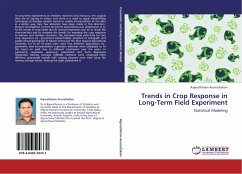
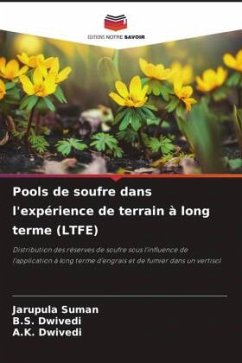
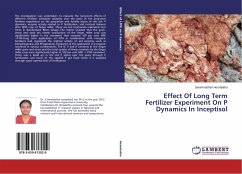
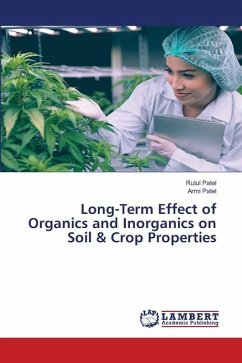
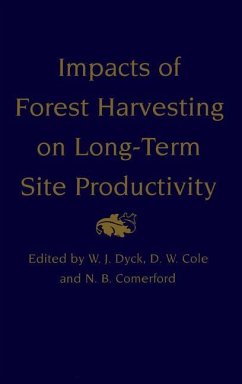
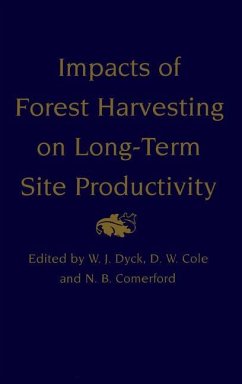
![Piscinas de Enxofre na Experiência de Campo a Longo Prazo [LTFE] Cover Piscinas de Enxofre na Experiência de Campo a Longo Prazo [LTFE]](https://bilder.buecher.de/produkte/64/64055/64055369n.jpg)
![Schwefelpools im Langzeit-Feldversuch [LTFE] Cover Schwefelpools im Langzeit-Feldversuch [LTFE]](https://bilder.buecher.de/produkte/64/64046/64046155n.jpg)
